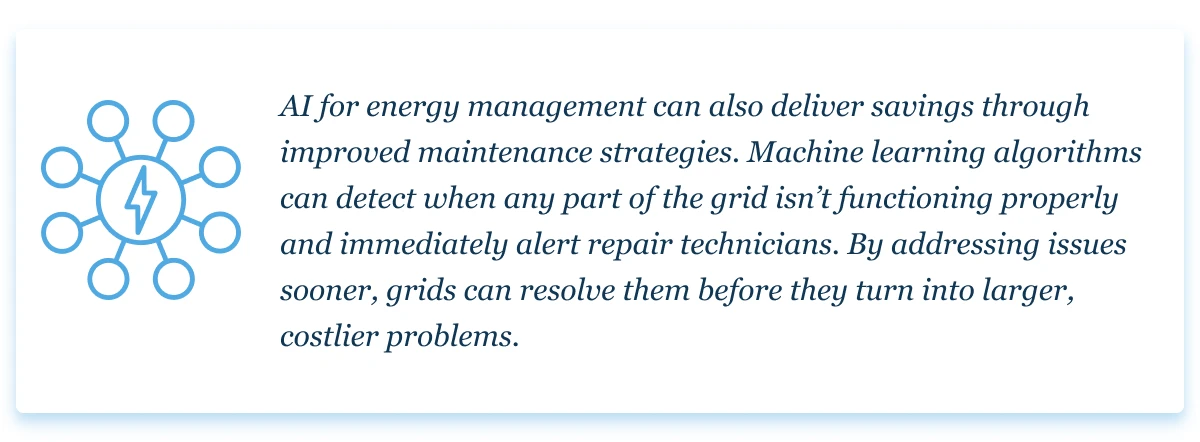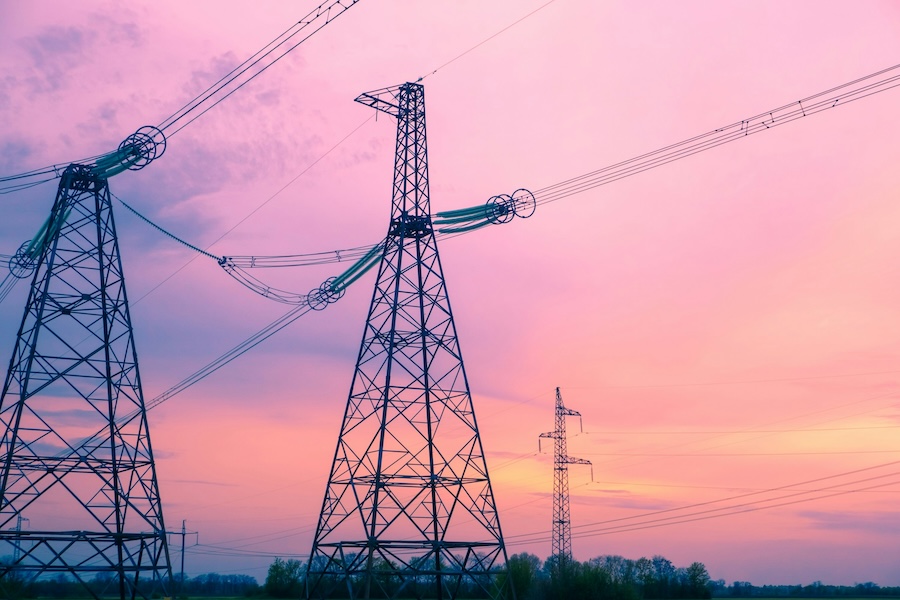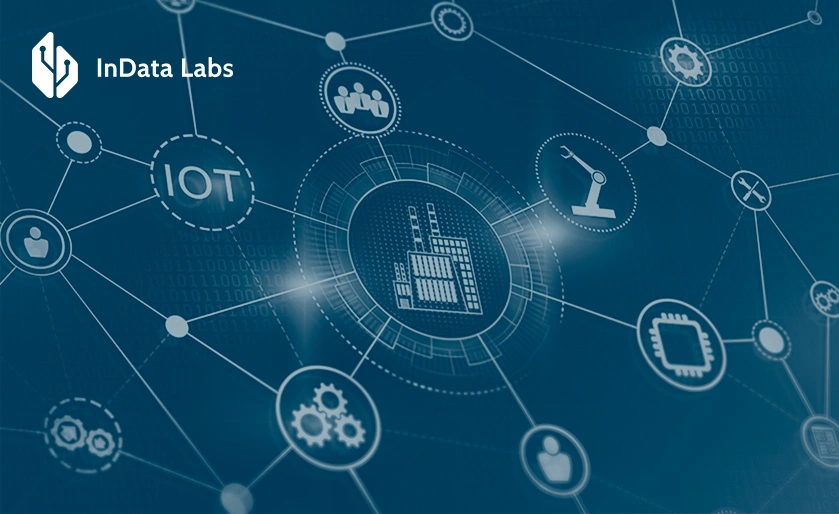Artificial intelligence (AI) holds promise in virtually every industry, though some stand to gain more than most. Utility companies represent one such sector, as AI energy management could drive needed improvements across the entire industry.
Many businesses in heavy industries already use AI energy management systems. Optimizing power consumption is a leading use case for AI in manufacturing, but these solutions can go further. Bringing similar benefits to the larger grid could revolutionize the power sector, paving the way for a safer, greener and more cost-effective future.
AI in energy management today
While AI-based energy management systems may not be the most eye-catching of the latest developments in AI, they’re highly beneficial. Power companies have caught on to this potential, too. Some experts estimate there are more than 50 potential use cases for AI in the energy industry today. That potential has led to the emergence of roughly 100 vendors of this technology, building the market to a $13 billion industry, despite this concept being relatively new. As AI solutions mature, these figures will only grow.
Focusing on generative AI reveals the full extent of the industry’s eagerness to adopt artificial intelligence. According to one survey, 39% of energy and utility companies already have a dedicated team and budget for implementing generative AI. Another 41% are closely monitoring the technology, waiting to capitalize on it in the near future.

Source: Unsplash
This rapid adoption suggests artificial intelligence in energy management will be the norm before long. That trend shouldn’t come as a surprise, either. The power sector faces skyrocketing demands for availability and reliability alongside equal pressure to become more sustainable and cost-effective. Balancing these disparate demands is challenging, but AI-driven strategies make it easier.
Advantages of AI energy management systems
Since there are so many AI use cases for energy management AI — from natural language processing applications to predictive analytics — its benefits are equally diverse. Here are some of the most significant advantages of this technology.
Reducing energy costs
Volatile energy costs are one of the biggest issues facing the power sector. Applying AI in building energy management could address this problem in a few different ways.
Roughly $150 billion in annual energy spending comes from wasted power, which accounts for a third or more of buildings’ electrical consumption. AI can lower that figure by analyzing how different processes use energy throughout the day and learning occupants’ daily habits. Then, it can automatically adjust HVAC, lighting and other energy-hungry processes to maintain the same conditions with as little power as possible.
AI can provide similar benefits on a grid-wide scale. Just as marketers use AI to analyze customer behaviors, grid operators can use it to monitor real-time energy consumption. Smart transformers can then redistribute electricity to different areas as needed. This demand-based approach ensures power distribution matches consumption, preventing waste from surplus energy.

Minimizing greenhouse gas emissions
Electricity’s carbon footprint is another leading issue AI energy management systems can address. Engineers often use AI in the automotive industry to design more efficient, more eco-friendly cars, and similar use cases can benefit the power sector.
Machine learning models can analyze digital twins of power grids to see where their design may lead to inefficiencies. Grid operators can then redesign these networks as necessary to ensure less waste in power transmission, reducing related greenhouse gas (GHG) emissions from excess electricity generation. Similarly, AI could highlight more efficient ways to generate electricity to make grids cleaner.
AI’s help in balancing supply and demand has environmental benefits, too. By reducing the energy supply to meet real-time usage, smart grids generate and distribute as little electricity as possible to sustain operations. Consequently, they produce less GHG emissions for the same level of output.
AI-driven insights can also reveal which parts of the national grid most need updating. Roughly 70% of power lines and transformers in the U.S. are over 25 years old. Modernizing these outdated systems is crucial to optimizing efficiency, but it can be difficult to know where to start. AI can calculate multiple complex factors to determine which upgrades in which areas would yield the biggest improvements, maximizing GHG reductions.

Source: Unsplash
Enabling wide-scale renewable power
Relatedly, AI could help utility companies realize the full potential of renewable energy sources. One of renewables’ biggest obstacles is that they produce power intermittently. They can’t generate electricity on demand, and their peak generation hours don’t often align with high-consumption times.
Managing energy distribution and storage through AI fills these gaps. As renewables generate more power, AI could redistribute it to go toward the areas using the most electricity at the moment. It could also utilize energy storage technologies like batteries or hydrogen fuel cells to retain surplus electricity.
When demands rise and generation falls, AI could distribute this stored surplus power back into the grid. By adapting to real-time conditions, it ensures all renewable energy serves the grid. Wind and solar — already the cheapest forms of power today — would become more practical as a result, leading to more widespread adoption.
AI could also enable more effective installation of renewable energy sources. Since wind and solar rely on weather patterns, they’re more cost-effective in some areas than others. Machine learning models can identify where these technologies would produce the most electricity, leading to faster returns on investment for renewable energy projects.
Increased grid reliability
AI-based energy management systems also improve grid reliability. Current electrical systems are prone to failure and disruption from extreme weather conditions and other unpredictable factors. As outages become more common and last longer, the need for improvement grows clearer and AI provides a solution.
The most impactful way to optimize grid reliability through AI is to embrace predictive maintenance. This practice uses predictive analytics solutions to alert repair technicians of performance issues so they can fix them before larger problems occur. Because AI is better at drawing conclusions from data than humans, it can detect problems before they’re noticeable to humans.

AI-driven recommendations for grid upgrades would further improve reliability by highlighting the most impactful grid modernization opportunities. Demand-based power distribution would also help, as it prevents overloading specific areas. These optimizations will become increasingly crucial as electric vehicles and transitioning away from fossil fuel power raise electricity demands.
Considerations for implementing AI in energy management
The combination of AI and energy management is a powerful one, but like all tech applications, it requires care. Organizations hoping to capitalize on this potential should keep a few things in mind when selecting and implementing these tools.
Managing costs and complexity
AI’s costs are one of the biggest obstacles for many businesses. Developing these models can be a long, complex process and requires significant amounts of data and supplementary technologies. If companies aren’t careful, these expenses can quickly get out of hand, hindering large-scale deployment.
Thankfully, AI costs are all manageable with the right strategy. Leveraging data warehouse services will make it easier to store and manage large data volumes. As data storage and processing costs and complexity fall, so do overall AI expenses.

Source: Unsplash
It’s also worth considering how AI lowers energy costs over time. These savings will more than compensate for the initial expenses. Recognizing where this technology is most impactful is the key to capitalizing on that potential.
Businesses should apply AI to where it yields the biggest improvements first — often, whichever manual processes are the most time-consuming or error-prone. As these high-ROI processes begin to show returns, utility companies can slowly expand their AI investments from there.
Data concerns
Artificial intelligence energy management also requires a considerable amount of data. AI models are most effective when they have enough information to make more informed decisions, so businesses must gather sufficient data.
Internet of Things (IoT) devices are a crucial resource in this effort. These connected sensors can report real-time data on energy generation and consumption patterns across the grid. Utility organizations can then consolidate this information in a custom cloud solution so their AI models can analyze it from a single place.
Quantity isn’t the only data concern, either. Organizations must also ensure a high level of data quality, as any inaccuracies in the information will produce suboptimal results. To avoid losses from poor-quality data, businesses must practice good data hygiene.
Data cleansing solutions help by removing duplicate information, resolving incomplete records and standardizing formats before data goes to AI for analysis. It’s important to automate this process, too, as the work is too repetitive and detail-oriented for humans to perform efficiently or accurately.
Adapting the workforce for AI
Effective AI implementation also requires workforce adjustments. AI energy management automates many workflows, so employees’ roles must evolve. The most effective AI projects recognize AI and humans have different skillsets and distribute tasks accordingly to make the most of each.
Repetitive analytical work is best suited for AI, but humans are better at nuance and creativity. As a response, energy companies should hire and train workers to excel in customer-facing or collaborative projects.
A stunning 75% of employees today consider collaboration an essential workplace skill, but 39% say their business could improve on it. Emphasizing these more human skills in onboarding and training will ensure teams can reach their full potential as AI automates the more independent, menial side of work.
AI-related skills are also worth consideration. Applying AI effectively often requires knowledge and experience in these systems, but workers with these skills are in such high demand that it can be difficult to attract and retain them. Working with a leading AI and data science company can help by offloading the most technical responsibilities to an organization that already has these skills and experience.
Data privacy and security
Cybersecurity is another crucial consideration for using AI for energy management. Gathering power consumption data means storing more information on consumers, including their addresses and potentially financial data. This data storage could make energy companies larger targets for cyberattacks.
IoT devices deserve special attention, as they often have weak built-in controls and provide potential entry points for attackers. Energy companies should encrypt all IoT data, require strong, unique passwords on all devices, and keep them updated. As the U.S. Cyber Trust Mark program rolls out, utilities can look for endpoints bearing this certification for additional security.
In some ways, AI solutions increase cyber risks, but they also provide cybersecurity benefits. AI network monitoring tools can continuously watch for suspicious activity, enabling faster responses to potential breaches. Tools like this save companies $1.75 million on average compared to those who don’t use them.
AI in the energy management market may also introduce regulatory concerns. Any utility companies gathering customer data must check whether they fall under regulations like the California Consumer Protection Act or General Data Protection Regulation. If so, they must ensure their data collection and storage practices comply with these laws.
AI could revolutionize the energy industry
AI could improve energy efficiency, reduce emissions, lower electricity bills, and make grids more reliable. Those advantages are too significant to overlook, especially as the energy industry’s challenges grow.
Power and utility companies that wish to remain competitive in the future must capitalize on AI. Learning where and how to apply it is the first step in transforming for the better through this technology.



